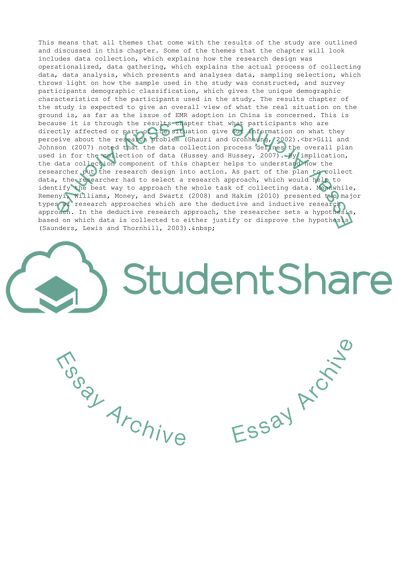Cite this document
(“Research Methods in Business Studies Assignment - 1”, n.d.)
Research Methods in Business Studies Assignment - 1. Retrieved from https://studentshare.org/business/1664572-final-research-project-emr-implementationadoption-in-china
Research Methods in Business Studies Assignment - 1. Retrieved from https://studentshare.org/business/1664572-final-research-project-emr-implementationadoption-in-china
(Research Methods in Business Studies Assignment - 1)
Research Methods in Business Studies Assignment - 1. https://studentshare.org/business/1664572-final-research-project-emr-implementationadoption-in-china.
Research Methods in Business Studies Assignment - 1. https://studentshare.org/business/1664572-final-research-project-emr-implementationadoption-in-china.
“Research Methods in Business Studies Assignment - 1”, n.d. https://studentshare.org/business/1664572-final-research-project-emr-implementationadoption-in-china.


